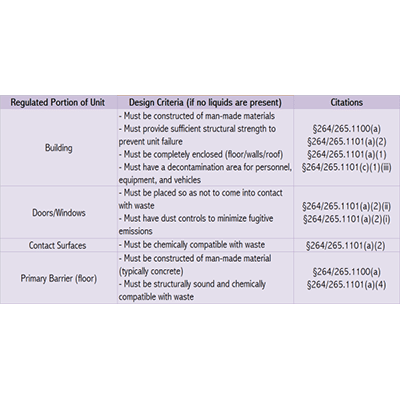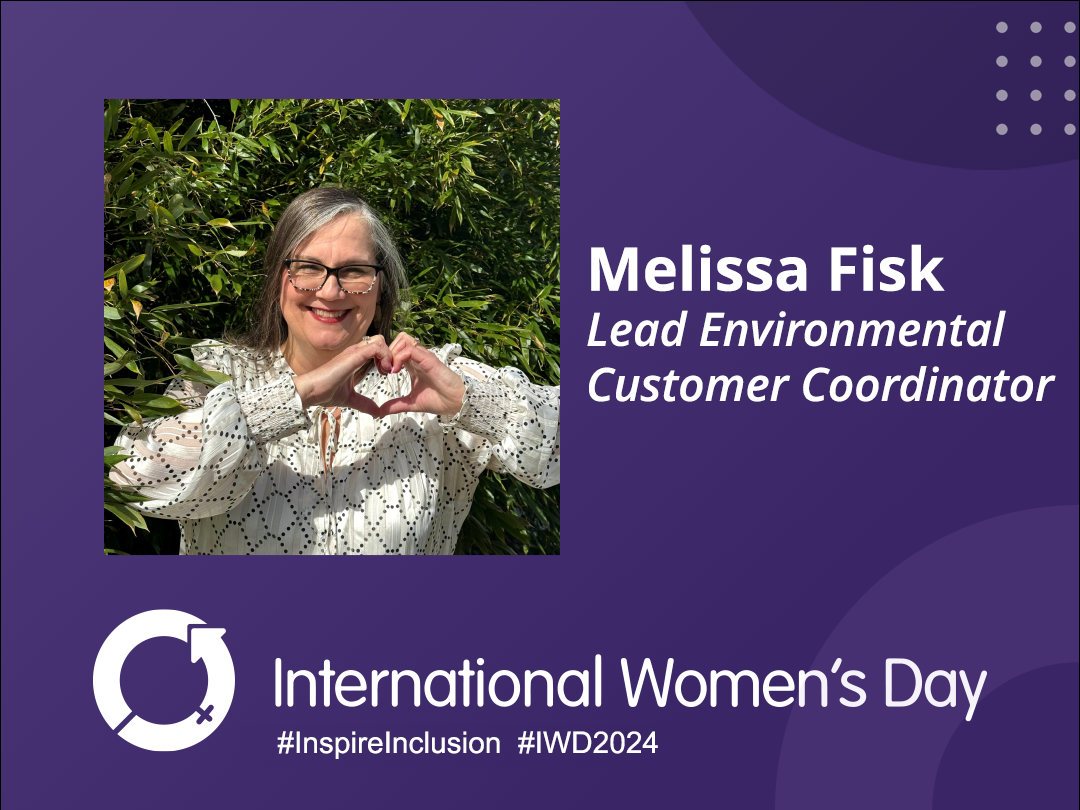
We discussed containment buildings in a previous post where we detailed what they are and how they came to be. Today we’re going to take a closer look at how containment buildings must be designed and what measures are taken to ensure protection of human health and the environment.
When the EPA wrote the standards for containment buildings they modeled them closely after those for hazardous waste tanks. Because the standards are so important to the protection of human health and the environment they are primarily regulations concerning structural soundness and measures that must be set to prevent wastes in the buildings from leaking and getting into the environment. In order to ensure these regulations and measures are met, a professional engineer must inspect and certify a containment building before it can be used.
Section 24/265.1101(a) details design standards that containment buildings must meet. These standards include needing to be fully enclosed with a floor, walls and a roof constructed of manmade materials which have, “sufficient structural strength to withstand movement of wastes, personnel, and heavy equipment within the unit.” Doors and windows don’t need to meet the standards but the building must be designed in such a way that wastes will never come in contact with them.
Controlling dust emissions is another key point. According to the EPA, “dust control devices, such as air-lock doors or negative air pressure systems (which pull air into the containment building), must be used as necessary to prevent fugitive dust from escaping through these building exits.”
Additionally, much like wastes must be compatible with their containers, surfaces that come in contact with the wastes being stored in the containment building must be chemically compatible with the wastes.
“The remaining containment building design standards establish a system of barriers between hazardous wastes in the unit and the surrounding environment. The floor of the containment building is considered the unit’s primary barrier, since it is the first measure used to prevent wastes from being released into the ground beneath the building. Construction materials vary with the type of wastes to be managed in the containment building, but concrete floors are typical.”
The table below details the standards required for containment buildings which manage no liquids. Keep checking our blog for more details about containment buildings housing liquid wastes.

All information for this blog post was gathered from the EPA document, “Introduction to Containment Buildings.” As always, this blog post is not intended to be comprehensive and it is always best to check with the EPA and local government for full, up-to-date, rules and regulations.
More News From Heritage
-
3/12/24
Equal Pay Day – Spotlighting Our Female Drivers
-
3/8/24
International Women’s Week Spotlight – Shannon Dippel
For International Women's Week, we're spotlighting some of the incredible women in the Heritage family. Our final spotlight is Shannon Dippel.
-
3/8/24
International Women’s Week Spotlight – Susan Adams
For International Women's Week, we're spotlighting some of the incredible women in the Heritage family. Our sixth spotlight is Susan Adams.
-
3/7/24
International Women’s Week Spotlight – Lea Wilson
For International Women's Week, we're spotlighting some of the incredible women in the Heritage family. Our fifth spotlight is Lea Wilson
-
3/7/24
International Women’s Week Spotlight – Melissa Fisk
For International Women's Week, we're spotlighting some of the incredible women in the Heritage family. Our fourth spotlight is Melissa Fisk.
-
3/6/24
International Women’s Week Spotlight – Taylor Harvey
For International Women's Week, we're spotlighting some of the incredible women in the Heritage family. Our third spotlight is Taylor Harvey
-
3/5/24
International Women’s Week Spotlight – Karen Esquivel
For International Women's Week, we're spotlighting some of the incredible women in the Heritage family. Our second spotlight is Karen Esquivel.
-
3/5/24
Heritage Environmental Services Announces HP Nanda as CEO; CEO Jeff Laborsky Transitions to Board of Directors
Heritage Environmental Services (“HES”) announced today that HP Nanda will join the organization as CEO.








